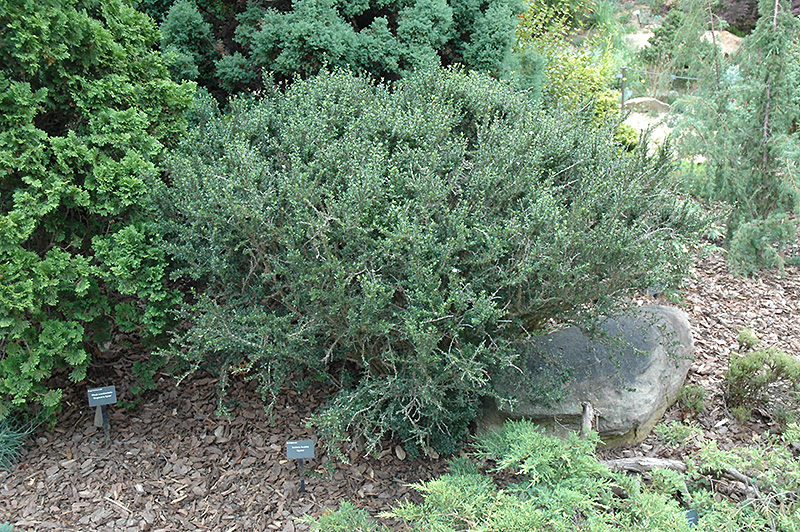Kyoto Serissa
Description
Very tiny and dense dark green foliage covers this slow growing miniature variety; pink buds open to pretty white trumpet flowers; used extensively in bonsai or as a house plant; a lovely garden accent for a small area
Landscape Attributes
Kyoto Serissa is a dense multi-stemmed evergreen shrub with an upright spreading habit of growth. It lends an extremely fine and delicate texture to the landscape composition which should be used to full effect.
Kyoto Serissa is recommended for the following landscape applications;
Planting & Growing
Kyoto Serissa will grow to be about 12 inches tall at maturity, with a spread of 10 inches. It has a low canopy. It grows at a slow rate, and under ideal conditions can be expected to live for approximately 10 years.
This shrub does best in full sun to partial shade. It does best in average to evenly moist conditions, but will not tolerate standing water. It is not particular as to soil type or pH. It is somewhat tolerant of urban pollution. Consider applying a thick mulch around the root zone in both summer and winter to conserve soil moisture and protect it in exposed locations or colder microclimates. This is a selected variety of a species not originally from North America.
Kyoto Serissa makes a fine choice for the outdoor landscape, but it is also well-suited for use in outdoor pots and containers. It is often used as a 'filler' in the 'spiller-thriller-filler' container combination, providing a mass of flowers and foliage against which the larger thriller plants stand out. Note that when grown in a container, it may not perform exactly as indicated on the tag - this is to be expected. Also note that when growing plants in outdoor containers and baskets, they may require more frequent waterings than they would in the yard or garden. Be aware that in our climate, this plant may be too tender to survive the winter if left outdoors in a container. Contact our experts for more information on how to protect it over the winter months.

